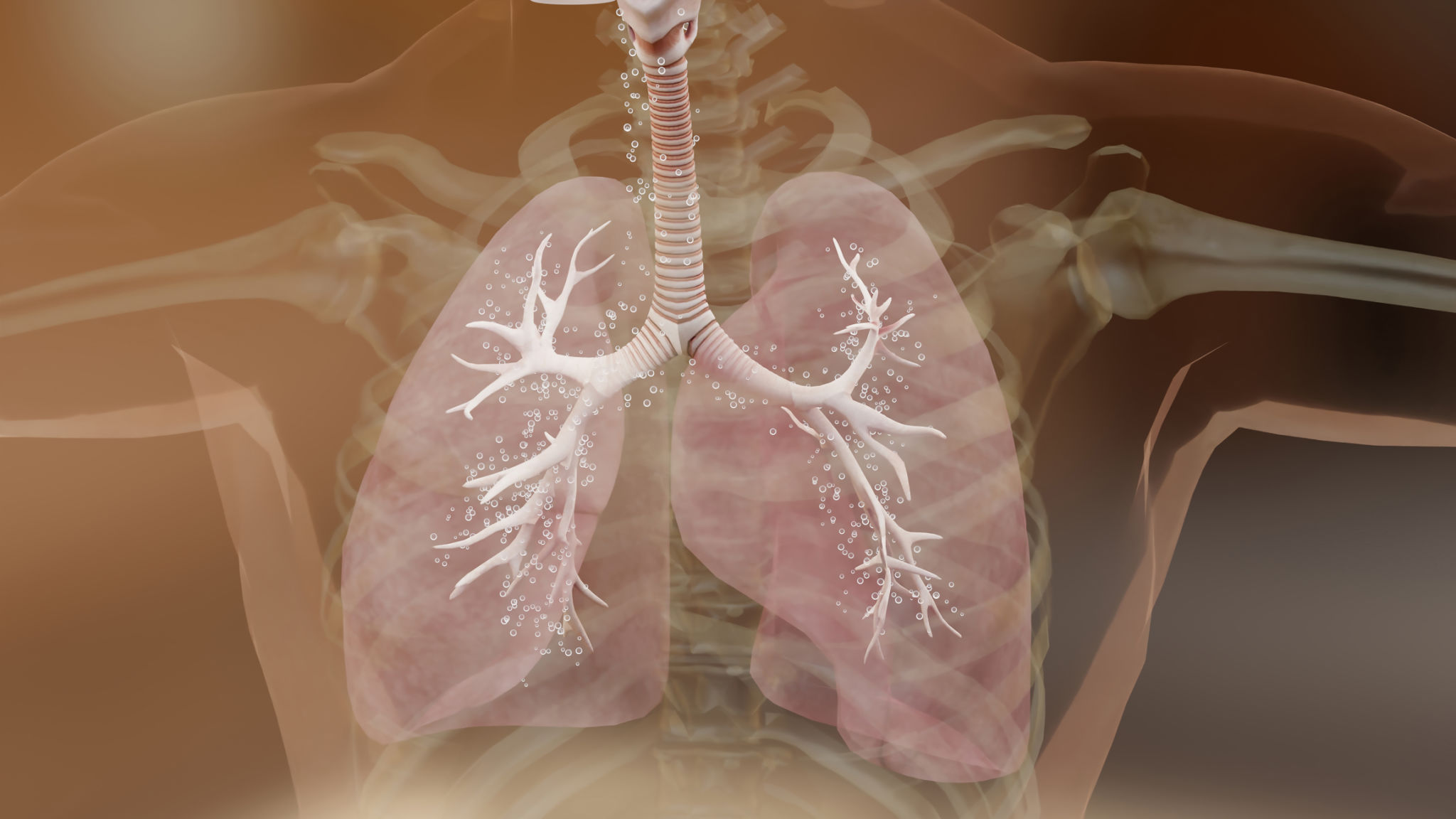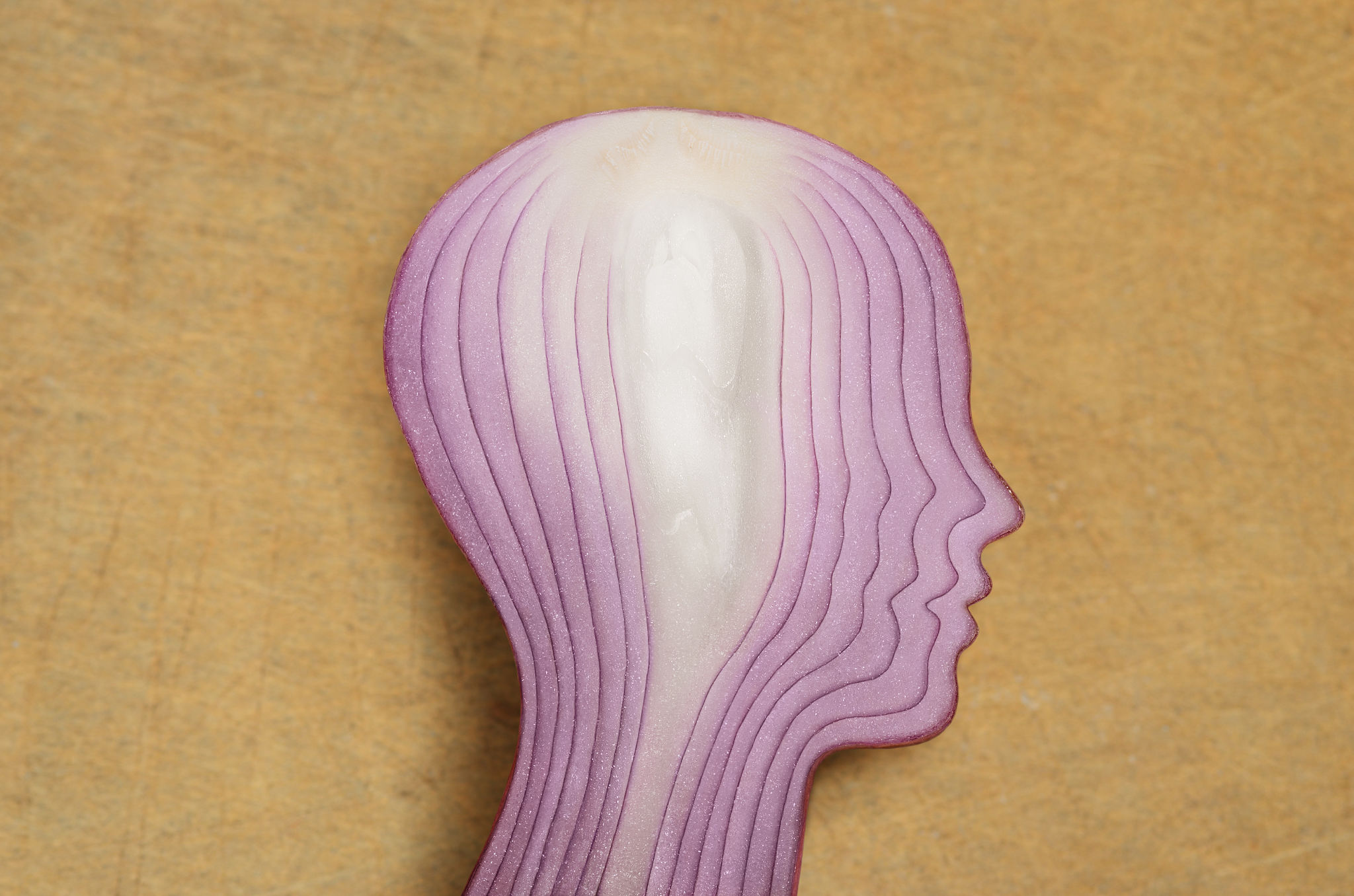The Inner Compass: A Complete Guide to Developing Interoception
Introduction: Listening to the Body’s Wisdom
Imagine having access to a sophisticated monitoring system that tracks your emotional state, stress levels, energy reserves, and overall wellbeing in real-time. This isn’t science fiction—you already possess this remarkable system. It’s called interoception, and it represents one of the most underutilized yet powerful tools available for enhancing mental health, emotional intelligence, and life satisfaction.
Interoception, derived from the Latin words “intero” (within) and “ception” (taking or receiving), refers to our ability to perceive and interpret signals arising from within our own body. While we readily acknowledge our five traditional senses that connect us to the external world, interoception serves as our sixth sense, providing a continuous stream of information about our internal landscape.
From a philosophical standpoint, interoception bridges the ancient mind-body divide that has puzzled thinkers for millennia. Rather than viewing the mind and body as separate entities, interoceptive awareness reveals them as intimately connected aspects of a unified whole. The Greek philosopher Aristotle intuited this connection when he wrote about the heart as a center of sensation and emotion, though he lacked the scientific framework we now possess to understand the mechanisms involved.
Modern psychology and neuroscience have validated what contemplative traditions have long understood: our capacity for self-awareness, emotional regulation, and wise decision-making depends largely on our ability to accurately perceive what’s happening inside our bodies. This isn’t merely an abstract concept—it’s a trainable skill with profound practical implications for how we navigate daily life.
The Science of Internal Awareness
To understand how to develop interoception, we must first examine what happens beneath the surface of conscious awareness. Your body contains millions of specialized receptors called interoceptors, distributed throughout your organs, blood vessels, muscles, and connective tissues. These biological sensors continuously monitor conditions such as heart rate, blood pressure, respiratory patterns, blood glucose levels, gut activity, muscle tension, and countless other physiological variables.
Unlike the receptors for external senses, which are concentrated in specific locations like your eyes or ears, interoceptors form a distributed network throughout your entire body. They function as your internal early warning system, detecting changes in your physiological state often before problems become severe enough to require conscious attention.
The information gathered by these interoceptors travels through several pathways to reach your brain. Some signals ascend through the vagus nerve, the longest cranial nerve that connects your brain to major organs including your heart, lungs, and digestive system. Other signals travel through the spinal cord via pathways that also carry pain and temperature information. This anatomical arrangement explains why emotional states often manifest as physical sensations—the same neural highways carry both types of information.
Once interoceptive signals reach your brain, they’re processed in several key regions. The insula, a fold of cerebral cortex hidden deep within the brain, serves as the primary integration center for interoceptive information. Neuroimaging studies consistently show that people with higher interoceptive accuracy have larger, more active insular regions. The anterior cingulate cortex, involved in attention and emotional processing, also plays a crucial role in translating bodily sensations into conscious awareness.
Research has revealed fascinating individual differences in interoceptive ability. Scientists measure interoceptive accuracy using tasks like heartbeat detection, where participants attempt to count their heartbeats without using external cues. Studies show that accuracy rates vary dramatically between individuals, with some people able to detect their heartbeat with remarkable precision while others perform no better than chance.
These differences matter profoundly for psychological wellbeing. People with higher interoceptive accuracy demonstrate greater emotional awareness, better stress management, improved decision-making abilities, and lower rates of anxiety and depression. They’re also more likely to engage in health-promoting behaviors and maintain stable relationships.

Why Interoception Matters: The Foundation of Emotional Intelligence
Understanding why interoception deserves our attention requires examining its role in emotional experience. Emotions aren’t abstract mental phenomena—they’re embodied experiences that involve specific patterns of physiological activation. When you feel anxious, your heart rate increases, your breathing becomes shallow, and muscle tension rises. When you experience joy, your posture opens, your breathing deepens, and facial muscles relax in subtle ways.
The influential neuroscientist Antonio Damasio proposed that emotions begin as bodily changes, which are then interpreted by the brain to create conscious emotional experience. This means that your ability to recognize and understand your emotions depends directly on your capacity to perceive bodily sensations. Without interoceptive awareness, emotions remain vague and confusing, making it difficult to respond appropriately to social situations or make decisions aligned with your values.
Consider how this plays out in practical terms. Someone with well-developed interoceptive skills might notice the subtle tightening in their chest and quickened heartbeat that signals growing frustration during a difficult conversation. This early awareness allows them to pause, take a deep breath, and choose a constructive response rather than reacting impulsively. In contrast, someone with poor interoceptive awareness might remain unconscious of these building tensions until they explode in anger, damaging relationships and creating regret.
Interoception also serves as the foundation for intuitive decision-making. The psychologist Antoine Bechara conducted groundbreaking research showing that people often develop “gut feelings” about advantageous choices before they can consciously articulate why one option is better than another. These gut feelings appear to arise from subtle bodily responses to different possibilities—responses that can only be detected through interoceptive awareness.
From a philosophical perspective, interoception connects us to what phenomenologists call “lived experience”—the felt sense of being embodied in the world. Rather than viewing ourselves as disembodied minds controlling physical machines, interoceptive awareness reveals the seamless integration of thought, feeling, and sensation that characterizes authentic human experience.
Evidence-Based Methods for Developing Interoception
Fortunately, interoceptive ability isn’t fixed—it can be systematically developed through specific practices. Research has identified several evidence-based approaches that reliably enhance interoceptive accuracy and awareness.
Mindfulness Meditation and Body Awareness
Multiple studies demonstrate that mindfulness meditation, particularly practices focused on bodily sensations, significantly improves interoceptive accuracy. The key lies in learning to observe internal experiences without immediately trying to change or interpret them. This requires developing what Buddhists call “bare attention”—the ability to notice what’s present without adding layers of mental commentary.
Begin with brief periods of sitting quietly and directing attention to your breath. Rather than controlling your breathing, simply observe the natural rhythm of inhalation and exhalation. Notice where you feel the breath most clearly—perhaps at the nostrils, chest, or abdomen. When your mind wanders to thoughts, gently return attention to the breath without self-judgment.
Gradually expand this attention to include other bodily sensations. Notice areas of warmth or coolness, tension or relaxation, heaviness or lightness. The goal isn’t to achieve any particular state, but simply to develop familiarity with your body’s constantly changing landscape of sensation.
Heartbeat Detection Training
Researchers have developed specific protocols for improving cardiac interoception—the ability to detect your heartbeat. This training has shown remarkable success in enhancing overall interoceptive ability, likely because the heart provides such a clear, rhythmic signal that’s relatively easy to detect once you know how to listen.
Start by finding your pulse manually, either at your wrist or neck. Spend a few minutes feeling the rhythm with your fingers while simultaneously trying to detect the same rhythm internally. Some people feel their heartbeat most clearly in their chest, while others notice it in their throat, temples, or even fingertips. Experiment to find where the sensation is strongest for you.
Once you can detect your heartbeat reliably, practice counting beats for specific time intervals. Begin with short periods like 15 or 30 seconds, then gradually extend to longer durations. Regular practice of heartbeat detection not only improves cardiac interoception but often enhances sensitivity to other internal signals as well.
Progressive Muscle Relaxation and Body Scanning
Progressive muscle relaxation involves systematically tensing and releasing different muscle groups while paying careful attention to the contrast between tension and relaxation. This practice, originally developed by Edmund Jacobson in the 1920s, has received extensive research validation for both stress reduction and interoceptive enhancement.
The technique works by heightening awareness of muscular tension patterns that often operate below conscious awareness. Many people carry chronic tension in their shoulders, jaw, or stomach without realizing it. By deliberately creating and then releasing tension, you develop sensitivity to these usually unconscious patterns.
Body scanning represents a more subtle approach that involves mentally “traveling” through your body while observing whatever sensations are present. Unlike progressive muscle relaxation, body scanning doesn’t involve deliberately creating tension. Instead, it cultivates the ability to detect naturally occurring sensations throughout your body.
Breathwork and Respiratory Awareness
Your breathing pattern provides a unique window into interoceptive development because it operates both automatically and under voluntary control. Unlike your heartbeat, which you cannot directly influence, breathing can be consciously modified while still providing valuable information about your autonomic nervous system state.
Research shows that different breathing patterns activate different branches of your autonomic nervous system. Slow, deep breathing with extended exhalations activates the parasympathetic nervous system, promoting calm and restoration. Rapid, shallow breathing activates the sympathetic nervous system, increasing alertness and arousal.
Developing respiratory interoception involves learning to notice these patterns and their effects on your overall state. Practice observing your natural breathing rhythm at different times throughout the day. Notice how your breathing changes during stress, relaxation, concentration, or social interaction. This awareness provides valuable real-time feedback about your nervous system activation and emotional state.

The Complete Body Scan: Step-by-Step Instructions
The body scan represents one of the most effective techniques for developing comprehensive interoceptive awareness. This practice systematically directs attention through your entire body, cultivating sensitivity to sensations that might otherwise remain unconscious. Here’s a detailed guide for conducting a thorough body scan:
Preparation Phase
Find a comfortable position where you can remain still for 20-30 minutes. You may lie down on your back with your arms at your sides, or sit in a chair with your feet flat on the floor and your hands resting in your lap. Close your eyes or soften your gaze downward. Take three deep breaths, allowing each exhale to release any obvious tension.
Set a clear intention for the practice. You might silently say something like: “For the next twenty minutes, I’m going to explore my body with curiosity and kindness, noticing whatever sensations are present without trying to change anything.”
Beginning with the Breath
Start by observing your natural breathing rhythm for several minutes. Notice where you feel the breath most clearly—at your nostrils, chest, or abdomen. Don’t try to control your breathing; simply observe its natural rhythm and depth. If your mind wanders, gently return attention to the breath without self-criticism.
Pay attention to the pause between breaths—the brief moment of stillness after each inhalation and exhalation. Notice how your entire torso moves with each breath, including subtle movements in your ribs, back, and sides.
Scanning the Head and Face
Direct your attention to the top of your head. Notice any sensations of warmth, coolness, tingling, pressure, or pulsing. Don’t worry if you don’t feel anything distinct—the absence of obvious sensation is itself valuable information.
Move your attention slowly across your scalp, noticing the feeling of hair against your head or any areas of tension or relaxation. Pay attention to your forehead, observing whether it feels smooth and relaxed or whether you’re holding tension there.
Bring awareness to your eyes, even though they’re closed. Notice the quality of darkness behind your eyelids and any sense of movement or stillness in your eye muscles. Include your temples in this awareness, often a location where people hold stress.
Focus on your jaw and mouth area, common sites for unconscious tension. Notice whether your jaw feels tight or relaxed, whether your tongue is resting comfortably in your mouth, and whether your lips are pressed together or slightly parted.
Exploring the Neck and Shoulders
The neck and shoulders form a bridge between your head and torso, often reflecting emotional states through their tension patterns. Direct attention to your throat area, noticing any sense of openness or constriction. Some people feel emotions like sadness or anxiety as sensations in their throat.
Move awareness to the back of your neck, an area that frequently holds stress from mental strain or poor posture. Notice whether this area feels stiff, sore, relaxed, or warm. Include your shoulders in this exploration, paying particular attention to whether you’re unconsciously lifting them toward your ears.
Allow your shoulders to settle with each exhale, releasing any unnecessary tension. Notice how this release affects the rest of your body—often releasing shoulder tension creates a cascade of relaxation throughout your torso.
Investigating the Arms and Hands
Bring attention to your upper arms, noticing their weight against the surface supporting them. Include awareness of your elbows, often overlooked in body awareness practices but rich with sensation when you pay attention.
Focus on your forearms and wrists, areas that may hold tension from computer work or repetitive activities. Notice any sensations of tightness, achiness, or tingling.
Direct detailed attention to your hands, starting with your palms. Notice any warmth, coolness, or tingling in your palms and fingertips. Some people feel energy or pulsing sensations in their hands during body scan practice.
Include each finger individually in your awareness, noticing how they rest against each other or the surface beneath them. Pay attention to your thumbs, often the most active digits and therefore likely to hold tension.
Exploring the Torso
Your torso contains many of your vital organs and often reflects emotional states through sensations in areas like your chest, stomach, and lower back. Begin by bringing attention to your chest area, noticing the rise and fall of breathing as well as any other sensations present.
Some people feel emotions as physical sensations in their chest—love as warmth and expansion, anxiety as tightness or fluttering, sadness as heaviness or aching. Simply notice whatever is present without trying to change or interpret it.
Move attention to your upper back, including your shoulder blades and the area between them. This region often holds tension from both physical posture and emotional stress. Notice whether this area feels tight, sore, warm, or relaxed.
Direct awareness to your abdomen, including your stomach, sides, and lower ribs. The abdomen is often called the body’s “second brain” because it contains an extensive network of neurons that communicate with your central nervous system. Many people feel emotions like fear, excitement, or intuitive knowing as sensations in their belly.
Include your lower back in this exploration, an area that frequently reflects both physical strain and emotional burdens. Notice any sensations of tension, aching, warmth, or relaxation.
Scanning the Pelvis and Hips
The pelvic area often holds deep-seated tensions and emotions. Bring gentle, non-judgmental attention to your pelvis, including your hip bones and the area between them. Notice any sensations of tightness, openness, warmth, or numbness.
Pay attention to your sitting bones if you’re seated, or the way your pelvis rests against the surface if you’re lying down. Include your hip joints in this awareness, noticing how they feel in their sockets.
Exploring the Legs and Feet
Direct attention to your thighs, noticing their weight and any sensations of tension or relaxation in these large muscle groups. Include your knees in this awareness, paying attention to how they feel as joints and whether they’re comfortable in their current position.
Move awareness to your calves and shins, areas that may hold tension from standing or walking. Notice any sensations of tightness, achiness, or relaxation.
Focus detailed attention on your feet, starting with your ankles and moving to the tops and soles of your feet. Notice how your feet make contact with your shoes or the surface beneath them.
Include each toe in your awareness, paying attention to how they rest against each other and any sensations of warmth, coolness, or tingling. Many people discover that they can feel their pulse in their feet when they pay careful attention.
Integration and Completion
After scanning through your entire body, take a few moments to sense your body as a whole. Rather than focusing on individual parts, try to develop an overall sense of your body’s current state. Notice any predominant qualities—perhaps relaxation, alertness, heaviness, lightness, warmth, or coolness.
Observe how your body feels after this period of sustained attention. Many people notice increased relaxation, improved circulation, or a general sense of integration and wholeness.
Take three deep breaths, allowing each exhale to anchor the awareness you’ve developed during the practice. Set an intention to carry this enhanced body awareness with you as you return to your daily activities.
Slowly begin to move your fingers and toes, gently transitioning back to normal awareness. When you’re ready, open your eyes and notice how the world appears after this period of internal focus.

Advanced Practices and Daily Integration
Once you’ve established a foundation in basic body scanning, several advanced techniques can deepen your interoceptive development. These practices build on the fundamental skills of attention and awareness while introducing greater subtlety and sophistication.
Emotional Body Mapping
This advanced technique involves learning to recognize how different emotions manifest as specific patterns of bodily sensation. Research shows that emotions create remarkably consistent patterns of activation across different individuals and cultures. Anger typically involves sensations of heat and energy in the chest, arms, and head. Sadness often manifests as heaviness in the chest and a sense of energy draining from the limbs. Fear creates sensations of constriction in the throat and chest, along with activation in the stomach.
To develop emotional body mapping skills, practice paying attention to your body during different emotional states. When you notice yourself feeling frustrated, curious, content, or worried, pause and conduct a brief internal scan. Where do you feel this emotion most clearly? What qualities does it have—temperature, texture, movement, or stillness?
Over time, you’ll develop a personalized emotional atlas that helps you recognize feelings as they arise. This early recognition allows for more skillful responses to challenging emotions and deeper appreciation of positive states.
Micro-Movement Awareness
This practice involves paying attention to the subtle movements your body makes automatically throughout the day. Even when you think you’re sitting still, your body makes countless micro-adjustments to maintain balance, shift weight, and respond to internal sensations.
Begin by sitting quietly and noticing any impulses to move—perhaps a desire to shift your weight, adjust your posture, or scratch an itch. Before automatically following these impulses, pause and investigate the sensation that prompted the movement desire. What exactly are you feeling? Where is it located? How intense is it?
Sometimes you’ll discover that the impulse to move arises from restlessness or anxiety rather than genuine physical need. Other times you’ll find that a small, conscious adjustment provides more satisfaction than unconscious fidgeting.
Interoceptive Eating
Eating provides an excellent opportunity to develop interoceptive awareness because it involves clear internal signals about hunger, satiety, and food preferences. Interoceptive eating means paying attention to your body’s signals about when, what, and how much to eat rather than relying solely on external cues like meal times, portion sizes, or social expectations.
Practice eating slowly and mindfully, paying attention to hunger and fullness signals. Notice how different foods affect your energy levels, mood, and overall sense of wellbeing. Some foods might provide quick energy followed by a crash, while others offer sustained vitality.
Develop sensitivity to subtle hunger cues that occur before you become ravenously hungry. These might include slight stomach sensations, decreased concentration, or subtle mood changes. Similarly, learn to recognize early satiety signals that indicate you’ve had enough food, even if your plate isn’t empty.
Sleep and Energy Awareness
Your sleep-wake cycle provides another rich domain for interoceptive development. Practice paying attention to natural energy rhythms throughout the day, noticing when you feel most alert, when you experience energy dips, and how different activities affect your vitality.
Develop awareness of sleepiness signals that occur before you become overtired. These might include yawning, eye strain, decreased concentration, or subtle changes in mood. Learning to recognize and honor these signals can significantly improve sleep quality and overall energy management.
Notice how different factors affect your sleep and energy—exercise timing, food choices, light exposure, stress levels, and social interactions. This awareness allows you to make lifestyle choices that support optimal energy patterns.
Integrating Interoception into Daily Life
The ultimate goal of interoceptive development isn’t to spend all day focused on internal sensations, but rather to maintain background awareness that informs your choices and responses throughout daily life. This integration requires practice and patience as you learn to balance internal awareness with external demands.
Develop the habit of brief body check-ins throughout the day. You might scan your body while waiting in line, before important meetings, or during transitions between activities. These mini-scans help you stay connected to your internal state and make adjustments before stress or fatigue become overwhelming.
Practice interoceptive decision-making by consulting your body when facing choices. After considering the rational pros and cons of different options, take a moment to imagine each possibility and notice how your body responds. Sometimes your body will feel more relaxed and energized when considering one option compared to others.
Use interoceptive awareness to improve your relationships by paying attention to how different people and social situations affect your internal state. You might notice that certain individuals help you feel relaxed and expansive, while others create tension or constriction. This information can guide your choices about how to spend time and energy in social contexts.
Overcoming Common Challenges
As you develop interoceptive awareness, you’ll likely encounter several common challenges that can impede progress if not addressed skillfully.
Information Overload
When you first begin paying attention to internal sensations, you might feel overwhelmed by the constant stream of information available. Your body is always generating sensations, and suddenly tuning into this activity can feel chaotic or distracting.
Remember that the goal isn’t to pay attention to every sensation simultaneously, but rather to develop the capacity to tune into internal information when it’s helpful. Start with brief practices and gradually extend the duration as your attention stabilizes.
Anxiety About Sensations
Some people become anxious when they start noticing bodily sensations more clearly, particularly if they discover areas of tension or discomfort they hadn’t previously recognized. This anxiety often stems from the misconception that all physical sensations indicate problems requiring immediate attention.
Most bodily sensations represent normal fluctuations in your physiological state rather than signs of illness or dysfunction. Learning to observe sensations with curiosity rather than alarm allows you to gather useful information without creating unnecessary stress.
Expecting Dramatic Results
Interoceptive development is often a subtle process that unfolds gradually over time. Some people expect dramatic shifts in awareness or immediate improvements in emotional regulation. While some individuals experience rapid changes, most people find that interoceptive development occurs slowly and steadily with consistent practice.
Focus on the process rather than specific outcomes. Notice small improvements in your ability to detect sensations, recognize emotions early, or make body-informed decisions. These incremental changes accumulate over time to create significant improvements in overall wellbeing.
Inconsistent Practice
Like any skill, interoceptive awareness requires consistent practice to develop and maintain. Many people start enthusiastically but struggle to maintain regular practice when initial excitement wanes.
Establish realistic practice goals that you can maintain even during busy periods. Brief daily practices are more beneficial than longer sessions done sporadically. Consider linking interoceptive practices to existing habits, such as conducting a body scan before meals or practicing heartbeat detection while commuting.

Conclusion: Living from the Inside Out
Developing interoceptive awareness represents a fundamental shift from living reactively to living responsively. Rather than being carried along by unconscious physical tensions, emotional reactions, and habitual patterns, interoceptive awareness allows you to make choices based on accurate information about your internal state.
This shift has profound implications for every aspect of life. Relationships improve when you can recognize your emotional responses early and choose skillful ways to express them. Work becomes more sustainable when you can detect stress signals before they become overwhelming and take appropriate action. Health improves when you can recognize your body’s signals about hunger, fatigue, and the need for movement or rest.
From a broader philosophical perspective, interoceptive awareness reconnects us with the wisdom of embodied existence. Rather than viewing the body as a machine to be controlled or overcome, we learn to appreciate it as a sophisticated intelligence that has evolved over millions of years to support our survival and flourishing.
The practices outlined in this guide provide a systematic approach to developing this crucial capacity. Remember that interoceptive development is a lifelong journey rather than a destination. Each moment offers new opportunities to deepen your relationship with the felt sense of being alive in a human body.
Start where you are, with whatever capacity for internal awareness you currently possess. Be patient with yourself as you develop these skills, knowing that every moment of mindful attention contributes to your overall growth and wellbeing. Your body has been waiting your entire life for this quality of attention—it will respond to your interest with increasing clarity and wisdom.
As you continue this journey of internal exploration, you’ll likely discover that the boundary between inner and outer, self and world, becomes more fluid and permeable. Interoceptive awareness doesn’t create separation from life but rather reveals the intimate connection between your internal experience and your engagement with the world around you.
This integration represents the true goal of interoceptive development—not withdrawal into solipsistic self-absorption, but rather the cultivation of a grounded, responsive, and wise way of being in relationship with yourself and others. From this foundation of embodied awareness, you can navigate life’s challenges and opportunities with greater skill, compassion, and authenticity.
